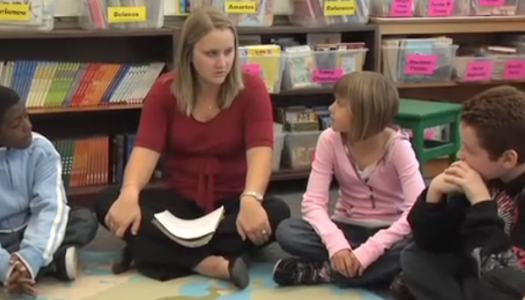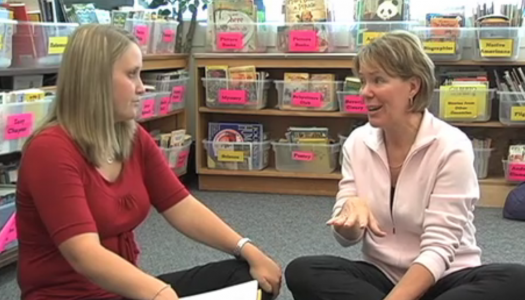Tackling Text Features
Join Our Community
Access this resource now. Get up to three resources every month for free.
Choose from thousands of articles, lessons, guides, videos, and printables.
Today's juvenile nonfiction dazzles young readers with intriguing concepts, vibrant writing, and clever formats. Filled with engaging text features, nonfiction books appeal to many of our students. Some can pick out a text feature with the same lightning speed and certainty that they can name their favorite ice-cream flavor. They have no trouble identifying maps, photographs, charts, captions, headings, glossaries, cutaways, and more. But when questioned about the purpose, function, and usefulness of any given text feature, they may seem about as sure of the answer as I am when asked what's for dinner on a busy school night.
.jpg)
Text features can help students comprehend the text; in fact, one of the comprehension strategies that appear on the CAFE Menu is "Use Text Features (Titles, Headings, Captions, Graphic Features)" (Boushey & Moser, 2009). The Common Core State Standards for English Language Arts & Literacy in History/Social Studies, Science, and Technical Subjects (2010) place a value on students' understanding of text features and structure as well. College and Career Readiness Anchor Standard 5 for Reading says that students should be able to "analyze the structure of texts, including how specific sentences, paragraphs, and larger portions of the text (e.g., a section, chapter, scene, or stanza) relate to each other and the whole."
In addition, the Reading Standards for Informational Text K–5 expressly mention knowledge and use of text features as an end-of-year expectation in the first–, second–, and third-grade level standards (pages 13–14). These same standards require that grade-four students be able to describe the structure of a text, and their grade-five counterparts are expected to compare and contrast the structure of two texts by the end of the academic year (page 14). So it is beneficial for students to have opportunities to explore text features deeply. Although students may already be familiar with many text features, teachers can model how to look at them from various perspectives. Read Tackling Text Features to gain ideas about how to deepen your students understanding of text features.







